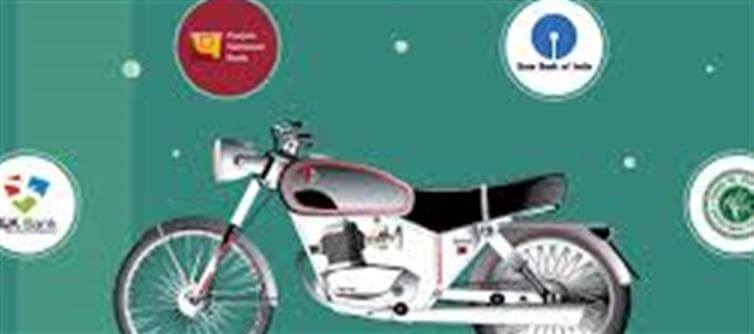
Motorcycles and scooters have become integral to daily life for millions of Indians. Their convenience, fuel efficiency, and compact design make them the go-to mode of transport for both short and long distances. However, with the increasing price of bikes, many opt for bike loans to make ownership easier. If you're planning to finance your dream bike, here are the top 5 things to know about bike loans in India:
1. Easy Access and Quick Processing
Bike loans are readily available through most banks, NBFCs (Non-Banking Financial Companies), and even online lending platforms. With minimal paperwork and simplified application processes, getting a bike loan is faster than ever. You can apply online or at the dealership, and if your documents are in order, approval can be granted within a few hours to a day.
Documents Typically Needed:
· Identity Proof (Aadhaar, PAN card, passport)
· Address Proof (Utility bill, rent agreement)
· Income Proof (Salary slips, bank statements)
· Age Proof (Birth certificate, passport)
2. Attractive Interest Rates and Flexible Tenures
Interest rates on bike loans in india range between 9% to 15% depending on the lender and your credit score. Your credit score, income level, and loan amount will determine the rate you’re offered. bike loans typically come with flexible tenures, which can vary from 12 months to 60 months (5 years), allowing you to choose a repayment schedule that suits your budget.
Tip: Opting for a shorter tenure may result in higher monthly EMI amounts but will help you save on total interest paid.
3. Loan Amount and Down Payment
Bike loans usually cover up to 90-100% of the bike's on-road price, leaving you to pay the balance as a down payment. The exact loan amount depends on your eligibility, which is determined by factors like your income and credit score. The down payment typically ranges between 10-15% of the vehicle’s total price.
For instance, if the bike costs ₹1,00,000, you may need to pay ₹10,000 to ₹15,000 upfront, and the rest can be financed through the loan.
4. Eligibility Criteria and Loan Approval
To qualify for a bike loan, lenders consider your age, income (monthly or annual), credit score, and job stability. Generally, applicants between the ages of 21 to 60 years are eligible.
· Salaried employees with stable monthly income and good credit history usually find it easier to get loan approval.
· Self-employed individuals or business owners may be required to provide additional documentation like business tax returns and bank statements to prove income.
Loan Amount: Lenders typically offer loans between ₹30,000 to ₹2,00,000, based on your eligibility.
5. Advantages of bike Loans
· Instant Ownership: A bike loan allows you to own your motorcycle or scooter immediately without waiting for years to save up.
· No Collateral Required: Most bike loans are unsecured, meaning you don't need to provide any collateral, like property or gold.
· Tax Benefits: If the bike is used for business purposes, the loan EMI payments may be eligible for tax deductions.
· Improved Credit Score: If you consistently pay your EMIs on time, you can improve your credit score, which will help with future loans or credit card applications.
Conclusion:
Bike loans in india provide a convenient and affordable way to own a two-wheeler. With accessible interest rates, minimal paperwork, and quick loan disbursal, they make it easier for you to get the bike you need while managing your finances. Make sure to shop around for the best rates and loan terms, keeping your financial situation in mind, and enjoy the freedom of owning your own motorcycle or scooter!
Disclaimer:
The views and opinions expressed in this article are those of the author and do not necessarily reflect the official policy or position of any agency, organization, employer, or company. All information provided is for general informational purposes only. While every effort has been made to ensure accuracy, we make no representations or warranties of any kind, express or implied, about the completeness, reliability, or suitability of the information contained herein. Readers are advised to verify facts and seek professional advice where necessary. Any reliance placed on such information is strictly at the reader’s own risk..jpg)




 click and follow Indiaherald WhatsApp channel
click and follow Indiaherald WhatsApp channel